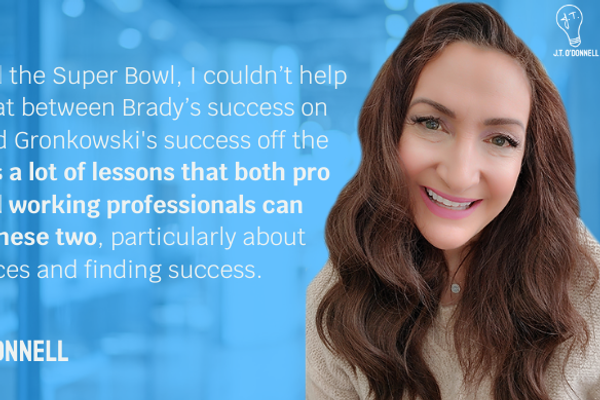We are always thinking about our next professional step. Personal and professional growth is a basic human need - it makes life so exciting. But few of us have a clear method to do so. Most of us use the trial and error version. Not knowing where you end up can be very exciting, but it's not always fulfilling. It can leave us with a feeling of unused potential, and without a link between our strategy and our personality. Related: There’s No ‘I’ In Personal Brand We all know at least one teacher who shouldn't be a teacher because he doesn't have patience; one doctor without empathy, one sales person without communication skills, and one HR person without people skills. After having worked with more than 1,800 participants from more than 60 countries in my workshops, I have learned that most professionals are not taking enough time to position themselves and underestimate Aristotle's thinking in boxes. We tend to turn our back on our own big ideas that spring out of our personality, but those are vital. An unbiased picture of our faults and virtues is the key to clearly define how we add value, socially and economically. This picture is the link between strategy and personality. Here is a framework for an effective change process for your professional positioning strategy:




